With the auto credit broken, credit to Speedhunter for the flight model. This is not intended to be original, but a remodel.
The de Havilland DH.110 Sea Vixen is a British twin-engine, twin boom-tailed, two-seat, carrier-based fleet air-defence fighter flown by the Royal Navy's Fleet Air Arm from the 1950s to the early 1970s. The Sea Vixen was designed by the de Havilland Aircraft Company during the late 1940s at its Hatfield aircraft factory in Hertfordshire, developed from the company's earlier first generation jet fighters. It was later called the Hawker Siddeley Sea Vixen after de Havilland was absorbed by the Hawker Siddeley Corporation in 1960. The Sea Vixen had the distinction of being the first British two-seat combat aircraft to achieve supersonic speed, albeit not in level flight.
This Sea Vixen features:
Red Top missiles (credit to FairFireFlight)
Fixed back end
Less powerful engines (so it doesn't go so fast, the original speed was unrealistic.)
Refueling probe
Those bumps under the front
Cockpit bracing
Fixed "Coal Hole"
XP964 Livery (credit to Leehopard for the winged fist emblem)
Controls same as original:
AG1 for cockpit and......copilot's...place open
AG2 for wing fold
AG3 for tailhook
AG4 for nose cone
AG5 for landing gear nose light
AG6 activate radar
AG7 jettison pylon stores
AG8 Navigation lights
Enjoy!
Specifications
Spotlights
- Marulk 6 months ago
General Characteristics
- Created On Windows
- Wingspan 66.3ft (20.2m)
- Length 72.5ft (22.1m)
- Height 19.3ft (5.9m)
- Empty Weight N/A
- Loaded Weight 64,490lbs (29,252kg)
Performance
- Power/Weight Ratio 0.836
- Wing Loading 64.1lbs/ft2 (312.9kg/m2)
- Wing Area 1,006.4ft2 (93.5m2)
- Drag Points 6074
Parts
- Number of Parts 529
- Control Surfaces 8
- Performance Cost 2,307

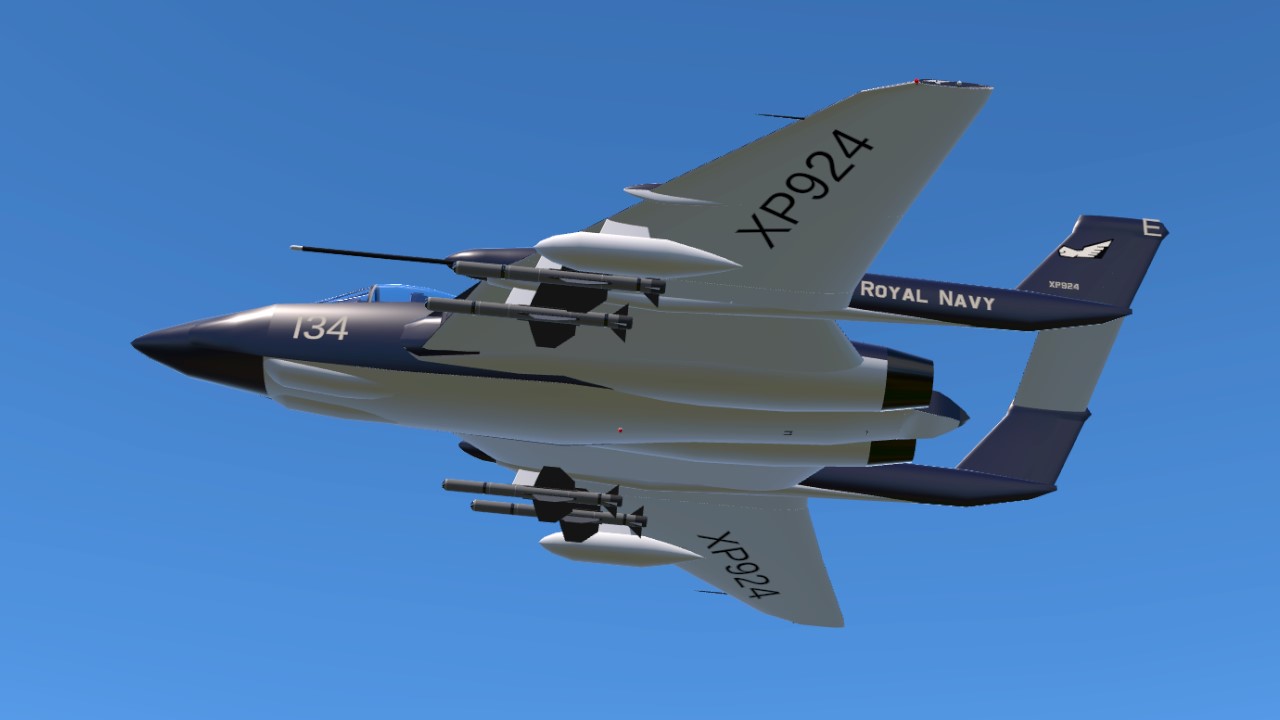
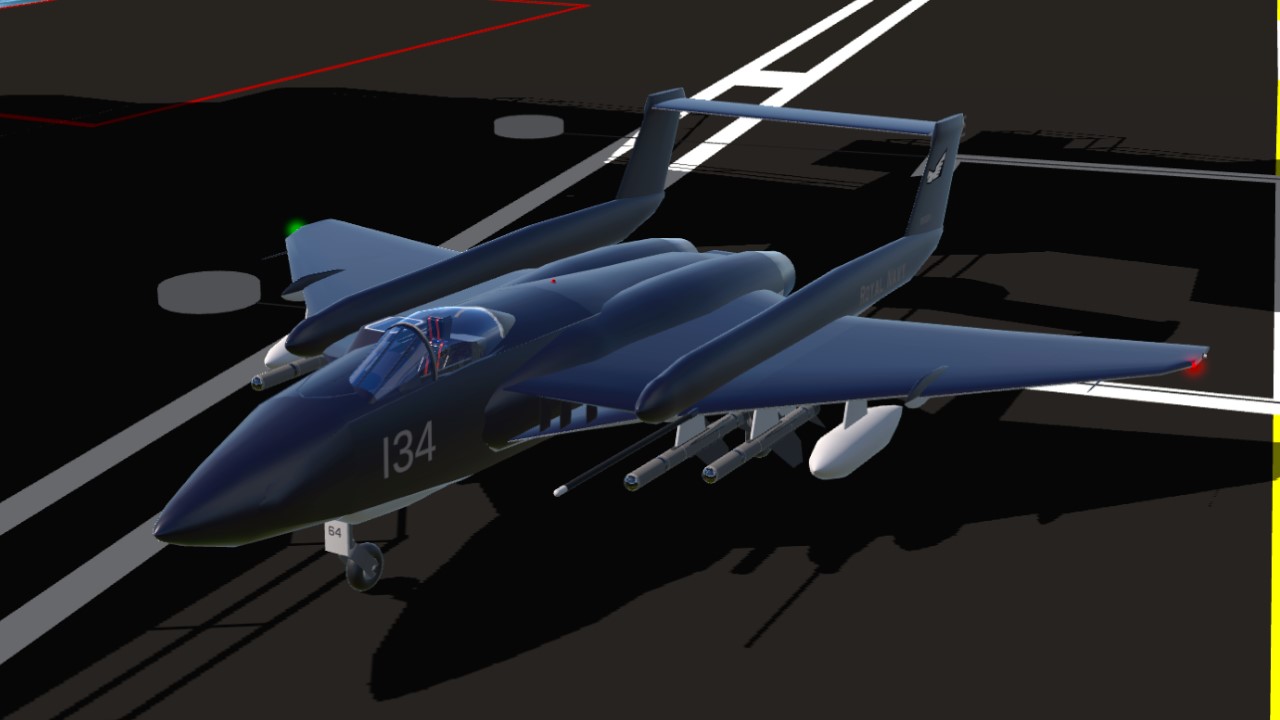
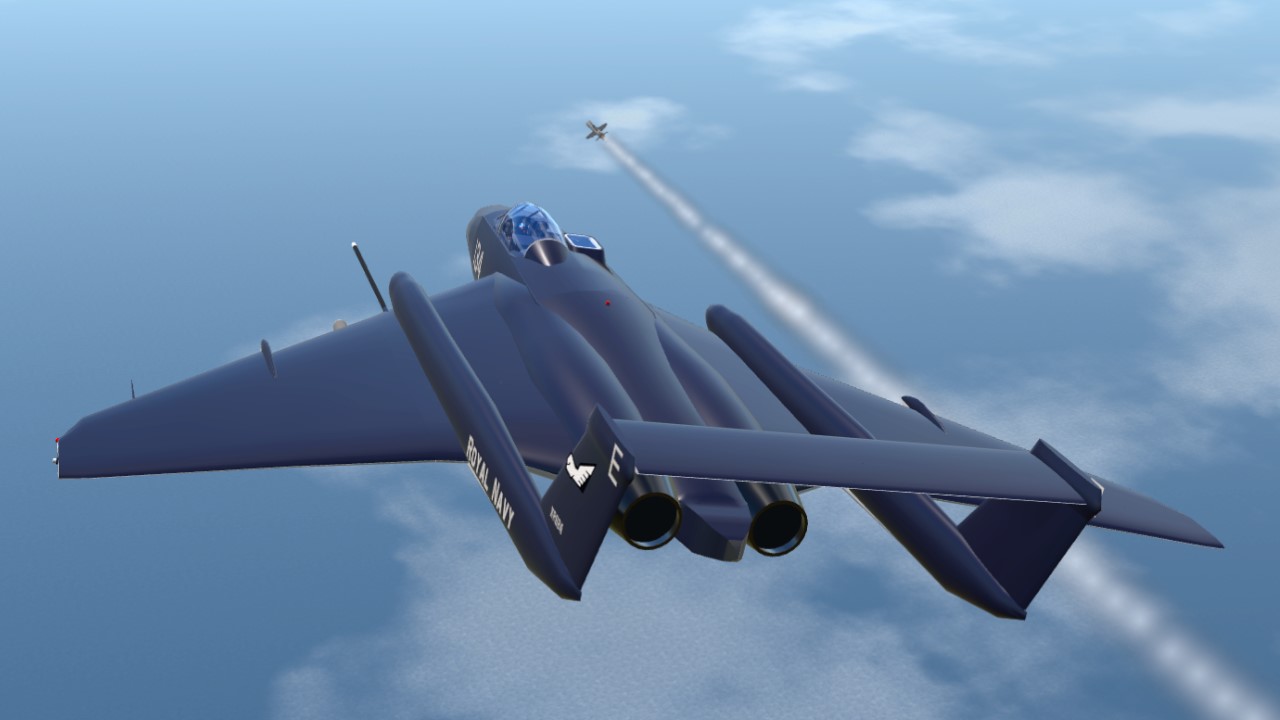
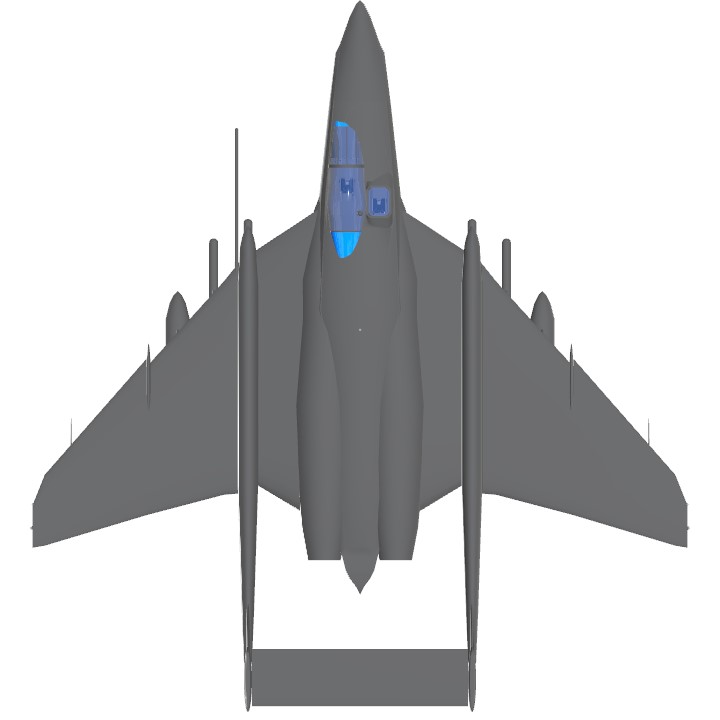
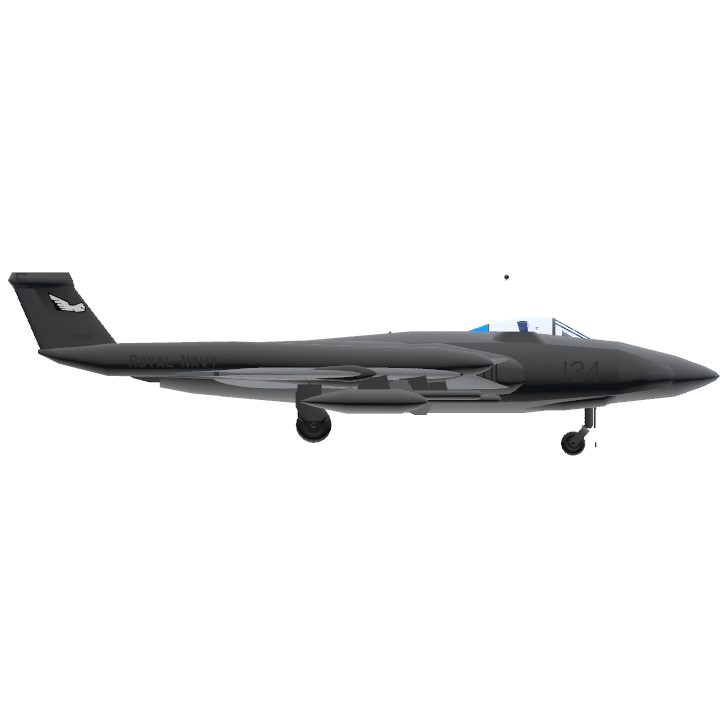
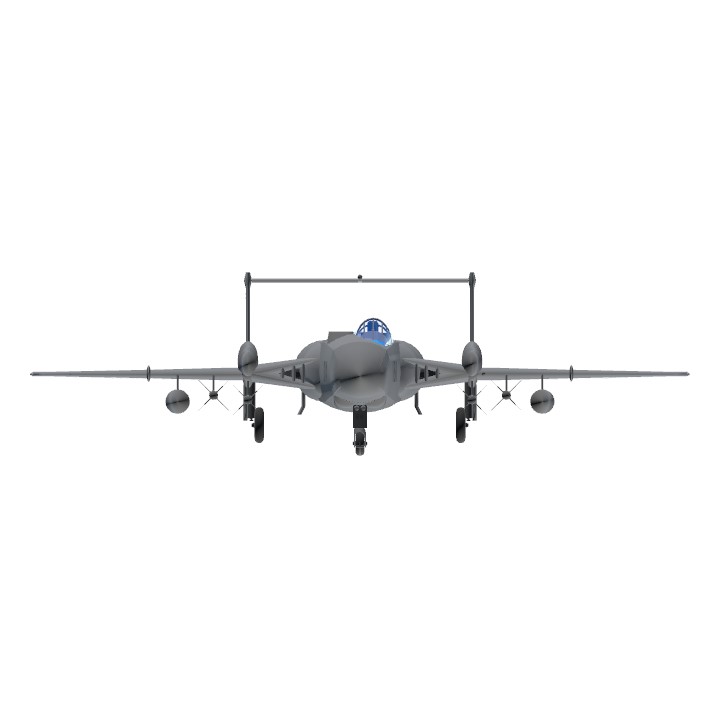
@Speedhunter check this out!
Nice, I'll tag @Speedhunter for ya
Very cool